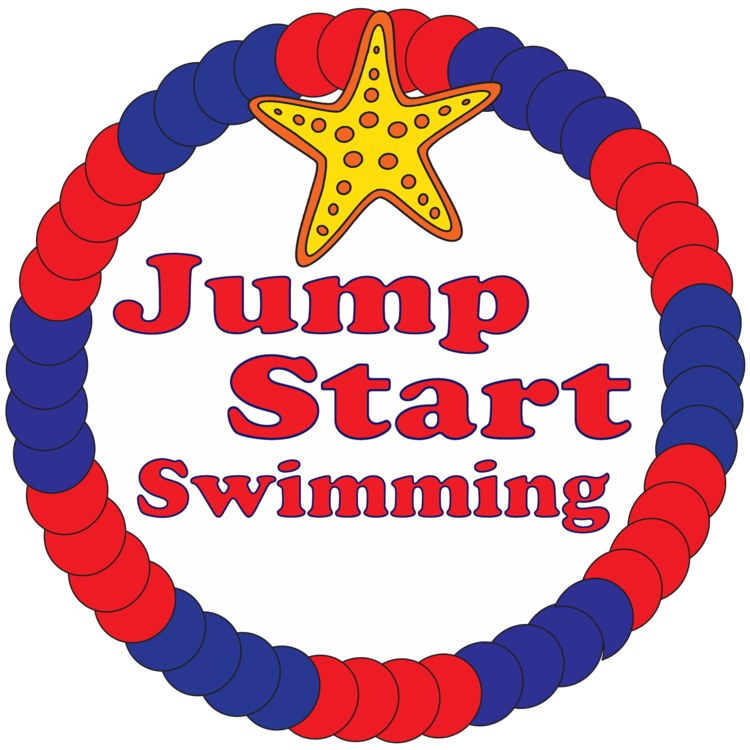Benefits of Swimming for Children with Autism
Autism Spectrum Disorder
Autism is a developmental disability that usually is noticed around the third year of life. Symptoms vary widely across the spectrum but generally include engaging in repetitive behaviors, and having difficulties with communication and social interactions. It affects all ethnic, racial and socioeconomic groups. One in 68 children born in the United States is diagnosed with autism spectrum disorder, according to the Centers for Disease Control and Prevention, which released findings based on 2010 surveillance data.
Parents are often the first to notice the symptoms, such as when a child doesn't make eye contact, according to the nonprofit Autism Speaks. Concerned parents shouldn't panic, but they should have a talk with their family pediatrician.
(Sydney Lupkin, Good Morning America)
How Swimming Can Benefit Children With Autism and Other Special Needs
Children with autism can usually do anything neurotypical children can as long as they have proper guidance. It helps to recognize how an activity like swimming can benefit kids with Autism Spectrum Disorder. The benefits to teaching special needs children swimming range from gross motor to cognitive skills, to muscle strength and endurance and improvement in overall communication skills. Swimming fosters courage, confidence, trust and helps to develop friendships. It’s great for socialization and relaxation.
DROWNING PREVENTION
Drowning is the leading cause of accidental death for children and adults on the autism spectrum. According to the National Autism Association, accidental drowning accounted for approximately 90% of total U.S. reported deaths in children with an ASD under the age of 14. Although water safety and drowning prevention is important for every child to learn, children on the autism spectrum are at higher risk because they may seek isolation by fleeing to unfamiliar territories, says Dr. Varleisha Gibbs, OTD, OTR/L. In addition, most are naturally drawn to the water. Learning how to swim along with learning vital water safety skills can serve to save lives and prevent drowning.
INVALUABLE THERAPY
Besides drowning prevention and water safety, parents report other side effects from learning how to swim, including improved speech and cognitive function. According to an article published in the International Journal of Sport Psychology, water is a soothing environment that emphasizes gentle and repetitive motion. For children on the autism spectrum, the water on the body has a calming effect and reduces any enervating noises. Parents notice that pool time helps students cope with everyday stresses outside of the water as well.
A SOCIAL OUTLET
According to the Autism Spectrum Disorder Foundation (ASDF), swimming can help children on the autism spectrum improve speech, coordination, social skills, self-esteem, and cognitive processing. While these children are often excluded from other sports because there are too many elements to focus on, being underwater can provide them with alone time where he or she doesn’t have to anticipate a ball being passed to them or be responsible for the success of a team. Swimming provides an excellent opportunity for parallel play and for a child to be in the play environment but to interact at a level that is comfortable for them.
(As cited from Texas Swim Academy)
Jump Start Swimming Lessons
Jump Start Swimming provides lessons to children with special needs such as Autism by offering lessons that are customized for each student’s emotional and developmental capabilities whether that student has special needs or not. With each child a goal is set of helping him or her become physically active and learn the life-saving skill of swimming.




